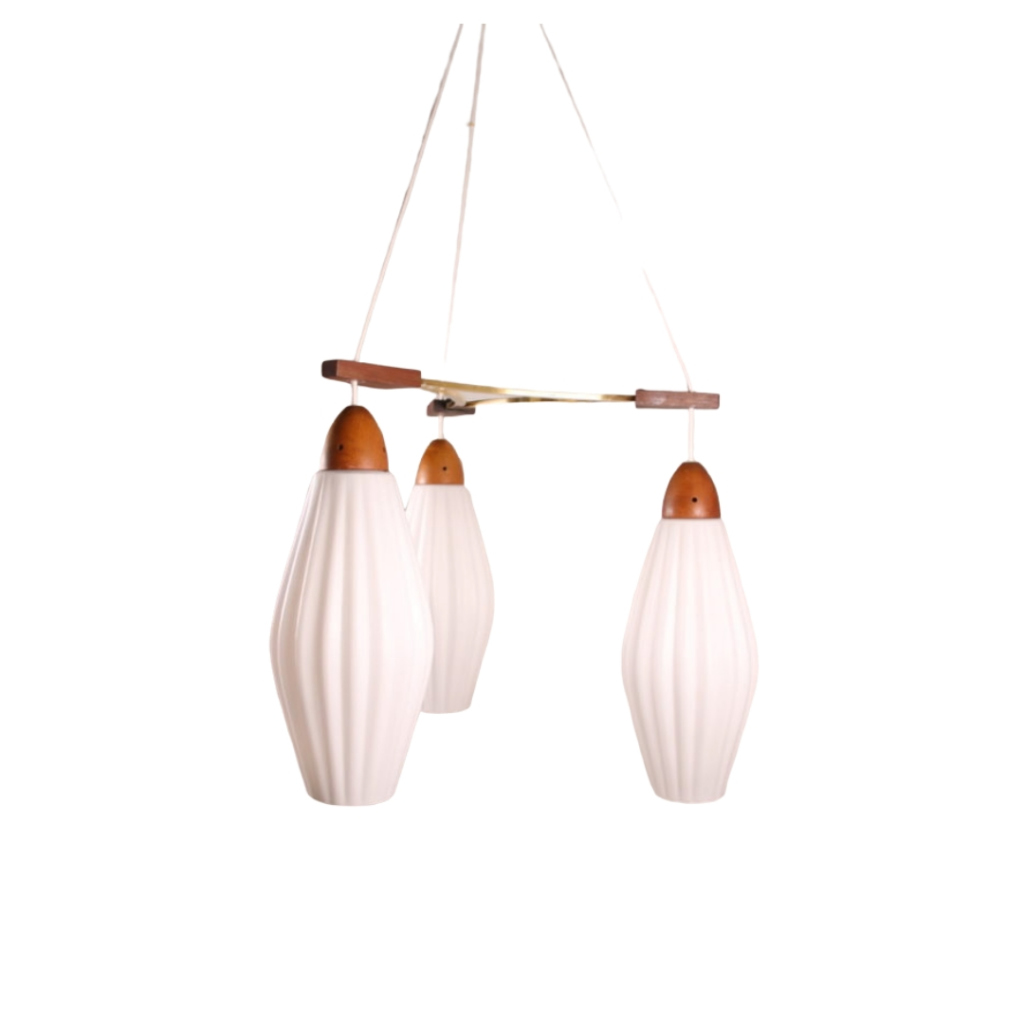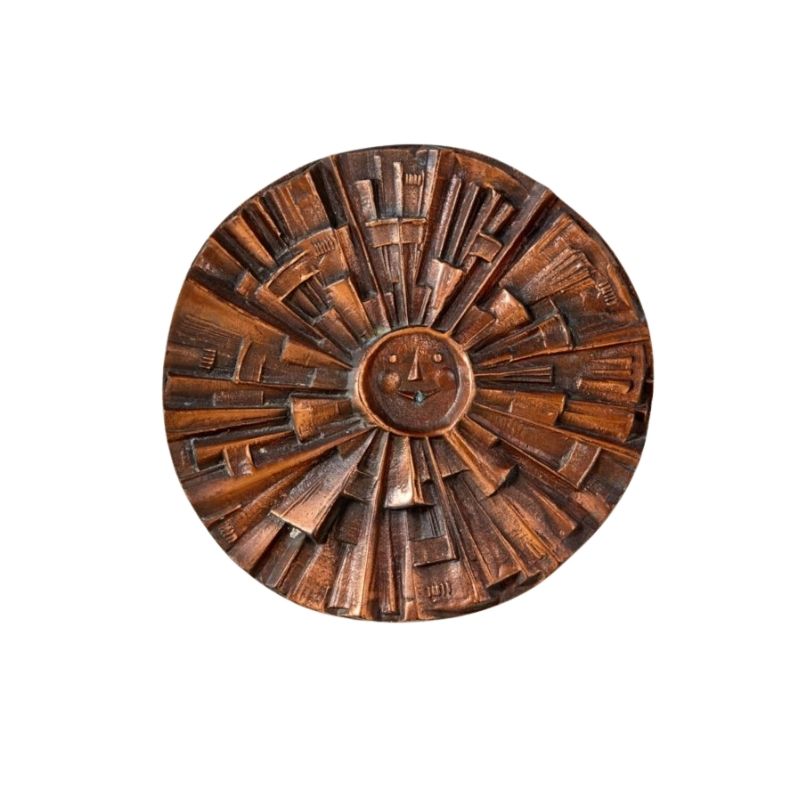Hi folks,
I work on some mahogany chairs and different to teak wood (what’s is really easy to work with) I have difficulties to find the right finish for mahogany. I sanded them up to 300 grit (what was pretty tough, cause the wood is quiet hard) and applied some oil. The effect is strange, cause after oiling the wood seems dry and rough. Either the wood absorbs too much oil and I should keep going with sanding and oiling. Or oil is the wrong choice here and I should switch to some sort of lacquer. Someone has experience with that sort of wood?
Thanks in advance for any info!

Sand lightly with P300 or higher after oil has dried at least 24 hours and between as many applications as needed. Sometimes, it can take as many as 5 or 7 (or 4 or 6)!
FWIW, I'm not sure that it's true mahogany, which is not "harder" than teak. More likely it's another of the many tropical teak or mahogany substitute species.
Teasing? About what? No I am not teasing. If my statement was not clear enough, then let me try to be more clear: there is a very large family of plants, the pea family in common English, although legume family is a fancier word for it (and there are even fancier, if your name is Linnaeus) and the wood from trees in the pea family has certain characteristics broadly speaking. (They also have flowers that look like pea flowers and pods that look like pea pods, surprise surprise). I don’t think that is Brazilian Rosewood, although maybe, but it might be some other rosewood in the Dalbergia genus, but it really could be many many trees in the Pea family. Mahogany it is not. Identifying wood by photos can be hard sometimes but is definitely not always impossible. The identification of pea family probably feels underwhelming because it is overly broad and certain few pea family species convey value and prestige while the vast majority do not.
While all of that is true, Leif, the best we can do here is to offer educated guesses. As our world is depleted of preferred hardwood species traditionally used in production of fine furniture, alternatives and substitutes have become increasingly common. Often enough, the *only* way to accurately identify these is by comparing them to verified samples under magnification. At some point, when it comes to vintage mid-century furniture, the exercise becomes so esoteric as to render it moot or, worse, uninteresting.
My accusation was meant to tease. Apologies if it wasn't obvious. I'm quite aware that not much is funny anymore, but that's not gonna stop me from trying ...and often failing.
I have to confess, I feel fairly confident identifying Brazilian rosewood now by close up shots. It's the other rosewoods that I find homogeneous and hard to distinguish. Having said that, I am not identifying pen or knife blanks out of context, I probably only feel confident with that looking at design from the period when I know rosewood was used.
And then having said that, I did buy some pen blanks the other day as I am 100% sure they are Brazilian rosewood in case I ever need some for repairs... Or maybe a project one day? Hopefully the latter.
Hi Leif,
regarding your questions:
What oil are you using? Linseed oil for furniture.
When sanding did you remove all of the old finish? I suppose, but there might be some residue, shouldn't be much though.
What was the old finish? Not at the point yet, that I could source it out, but I suppose shellac.
If you need any help, please contact us at – info@designaddict.com











